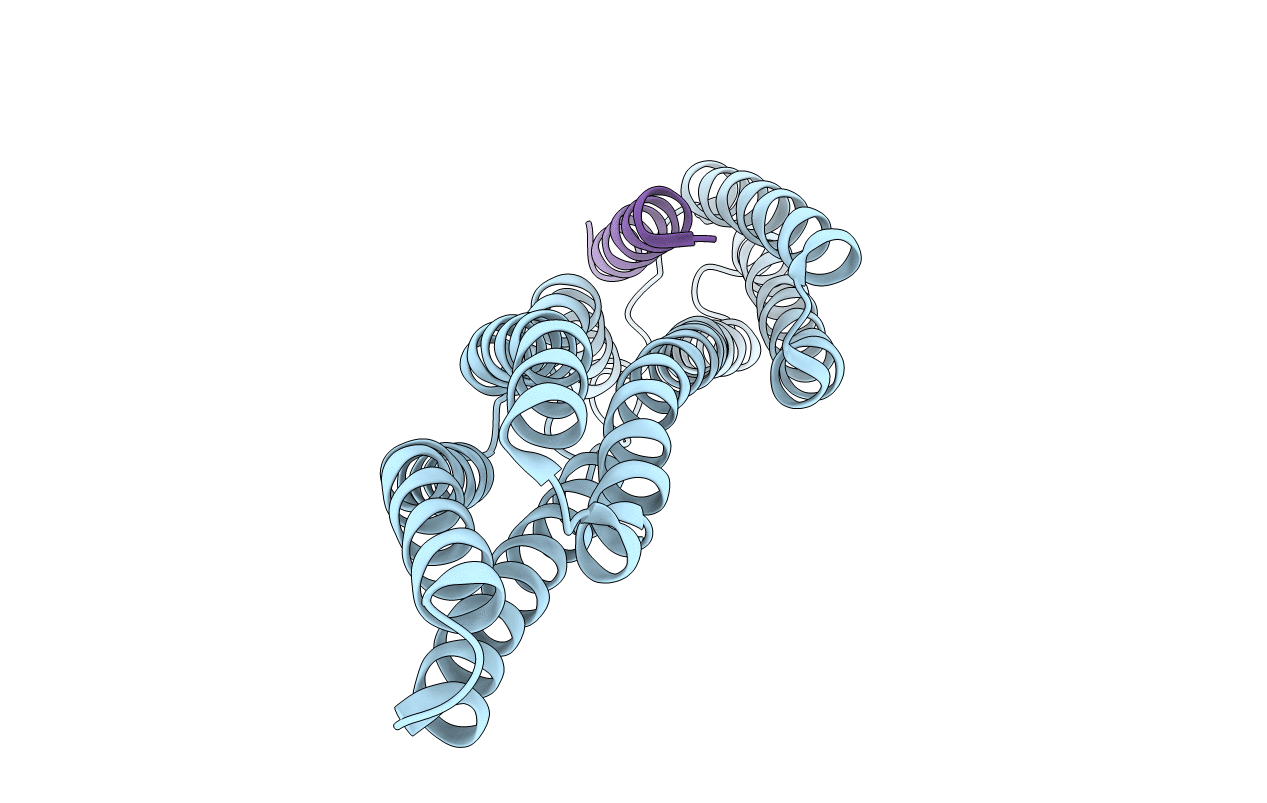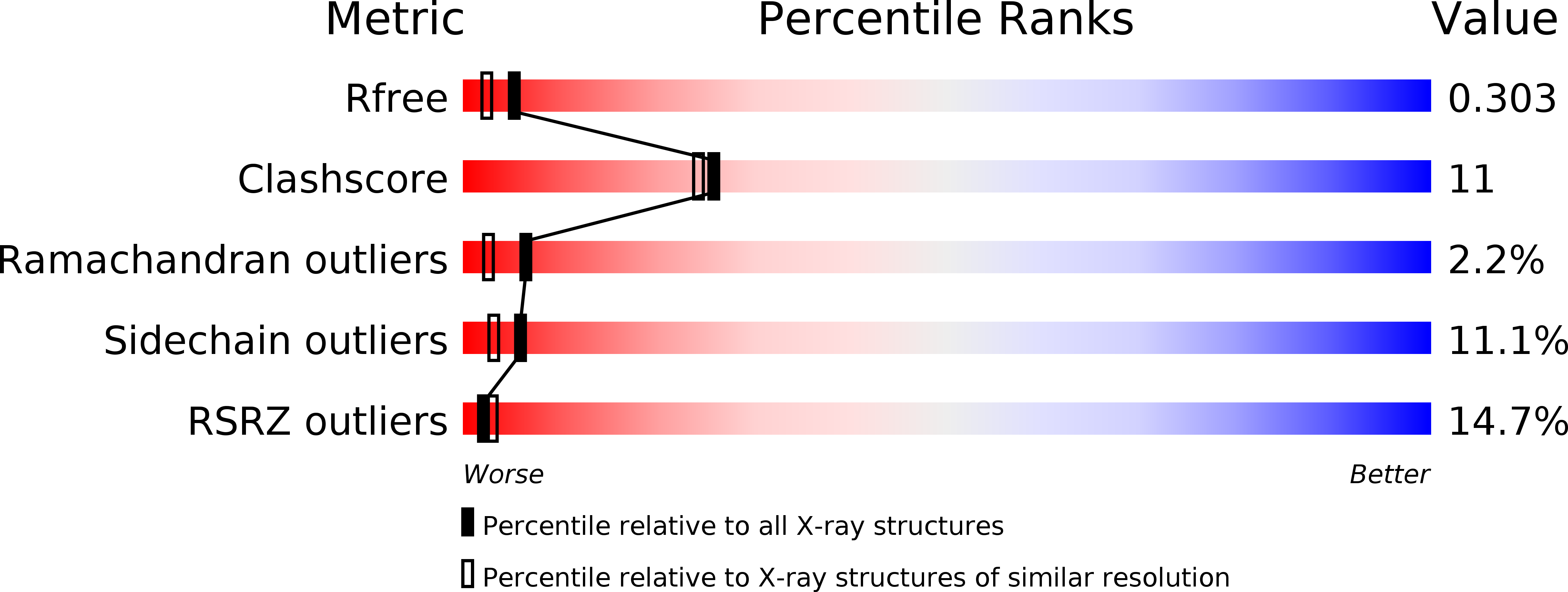
Deposition Date
2005-06-03
Release Date
2005-09-20
Last Version Date
2023-08-23
Entry Detail
PDB ID:
1ZW2
Keywords:
Title:
Vinculin Head (0-258) in Complex with the Talin Rod residues 2345-2369
Biological Source:
Source Organism:
Gallus gallus (Taxon ID: 9031)
Host Organism:
Method Details:
Experimental Method:
Resolution:
2.10 Å
R-Value Free:
0.29
R-Value Work:
0.25
R-Value Observed:
0.25
Space Group:
P 21 21 2


